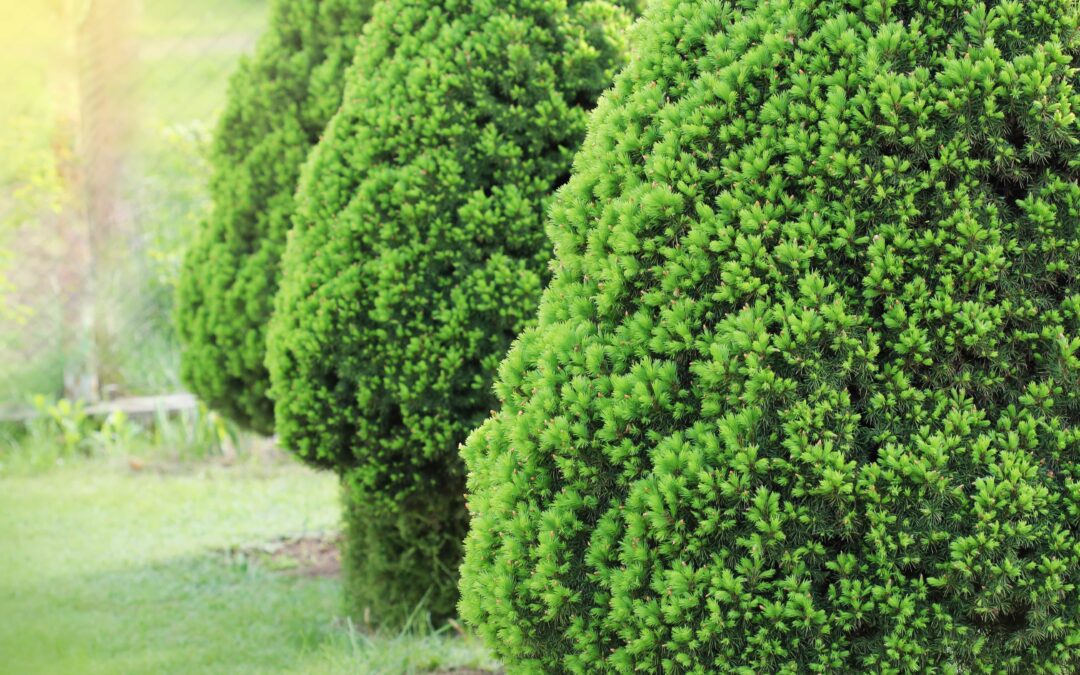The Black Hills spruce, also known as Picea glauca ‘Densata’, is a small to medium-sized evergreen tree that is native to the Black Hills region of South Dakota. This tree is closely related to the white spruce and is known for its conical shape, dense foliage, and attractive blue-green needles.
The Black Hills spruce is an excellent choice for landscaping, as it can be used as a focal point in a garden or as a natural screen or windbreak. It can also be grown in containers, making it a great choice for patios, decks, and other small spaces.
One of the most notable features of the Black Hills spruce is its needles. They are short and stiff, measuring around ½ inch in length, and are a vibrant blue-green color. The needles are arranged in a spiral pattern on the branches, which gives the tree a full and dense appearance.
Black Hills spruce trees can grow up to 60 feet tall in their native habitat, although they typically only reach 20 to 30 feet in cultivation. They prefer well-drained soil and full sun, but can tolerate some shade. They are also tolerant of cold temperatures and can withstand harsh winter conditions.
In terms of maintenance, the Black Hills spruce requires little care once established. It should be watered regularly during dry periods, and any dead or damaged branches should be pruned away. It is also relatively pest and disease-resistant, making it a low-maintenance option for homeowners and landscapers alike.
Overall, the Black Hills spruce is a beautiful and versatile tree that is well-suited for a variety of landscaping applications. With its attractive blue-green needles, conical shape, and dense foliage, it is sure to add beauty and character to any outdoor space. Whether you’re looking to create a natural screen, windbreak, or simply add a striking focal point to your garden, the Black Hills spruce is an excellent choice that is sure to impress.

